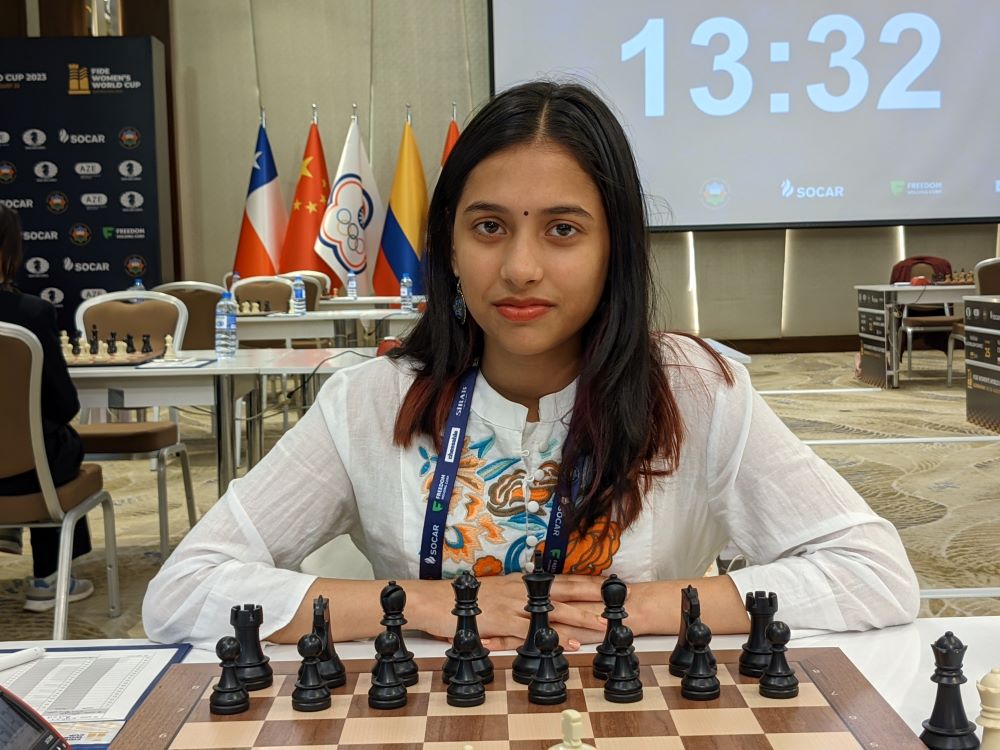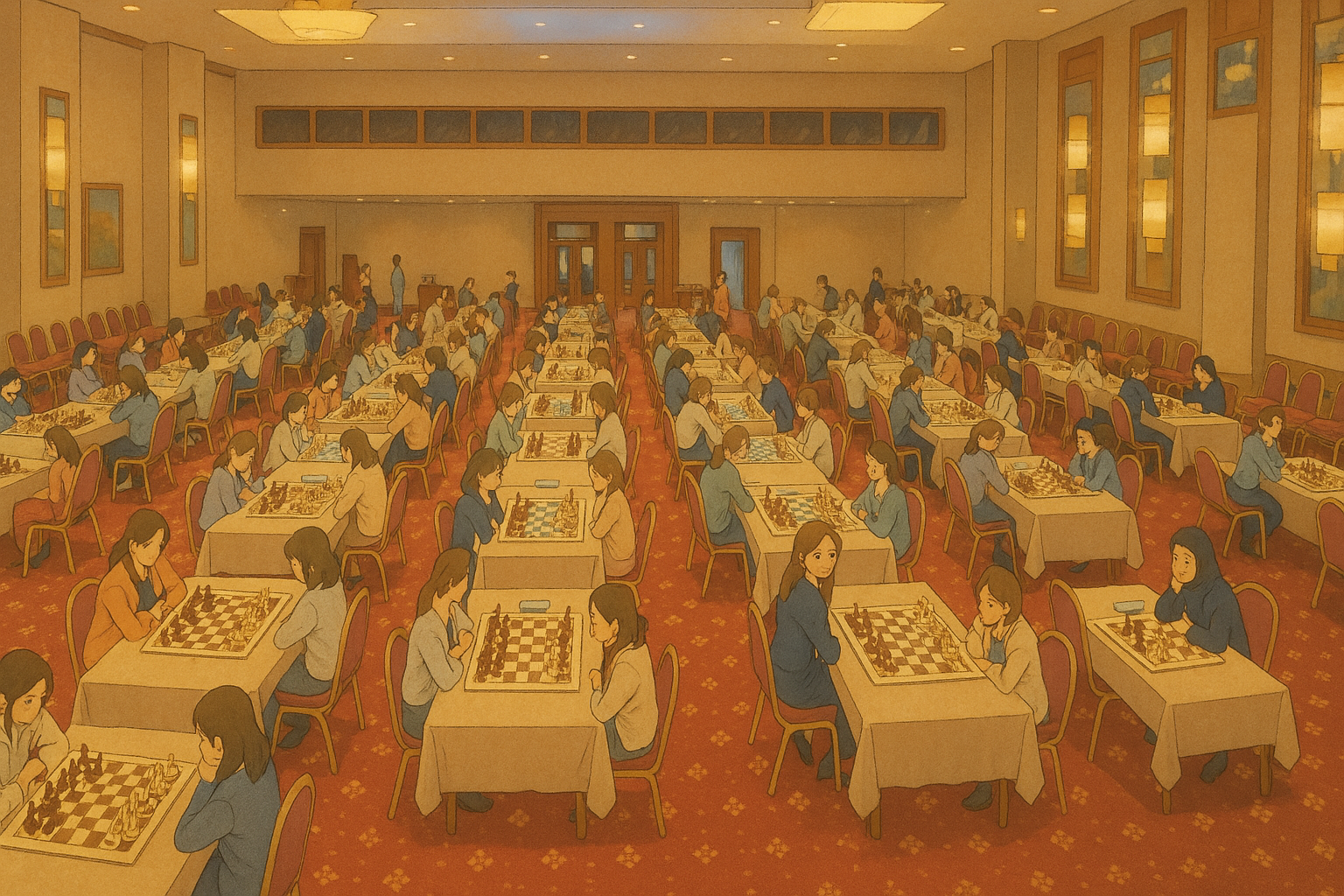Want to supercharge your Sicilian repertoire? Then the Najdorf is your next destination. We’ve already covered essential pawn structures Classical Sicilian check out the article here: Classical Sicilian pawn structures you must know; now it’s time to tackle the most ambitious response to 1.e4. The Najdorf, though infamous for its theoretical complexity, offers a wealth of strategic knowledge applicable across Sicilian variations. Think of it as a masterclass in pawn play. Forget the fear of endless lines; by focusing on 5 key Najdorf pawn structures, you’ll gain a practical edge and unlock the secrets of this formidable opening.
Sicilian Najdorf Structure #1: Classical – Najdorf fusion
Key Characteristics
- The typical Classical Sicilian strucuture

This pawn structure, frequently seen in the Najdorf and Classical Rauzer variations of the Sicilian Defense, results from White giving up the bishop pair to weaken Black’s pawn formation.
White’s strategy revolves: around playing f4-f5 to attack Black’s central pawns, keeping Black occupied and hindering the bishops’ development.
Black’s strong central pawn structure generally allows for an equal position. The open g-file gives Black the opportunity to apply kingside pressure with h5-h4. Once White executes f4-f5, the e5-square becomes a strategically important outpost, particularly for Black’s bishop via the Bh6-f4-e5 maneuver. Black’s position is more comfortable without queens on the board, as White’s queen would exert significant pressure on Black’s center.
Sicilian Najdorf Structure #2:
Key Characteristics
- White played f4-f5

If White can successfully develop all their pieces, they could launch a potent kingside attack. However, this is not easily accomplished. In the 6.Bc4 variations,
Black quickly advances on the queenside using b7-b5. While White is busy on the kingside, Black takes advantage of the e4-pawn’s vulnerability. This can be done by either forcing the c3-knight away with b5-b4 or by sacrificing an exchange with …Rxc3. In both scenarios, Black receives ample compensation for the material, thanks to the extra pawn and White’s damaged pawn structure.
Sicilian Najdorf Structure #3:
Key Characteristics
- White played e4-e5

We’re looking at a common pawn structure from the 6.Bc4 line, but with a twist: White’s played e4-e5, not f4-f5. To offset the resulting pawn structure issues, White gains space and attacking prospects. The bishop on b3, however, is hampered by Black’s e6-pawn.
Black’s strategy involves placing a knight on c5 to keep this bishop in check. If Black can solidify the kingside without creating weaknesses, the position is objectively favorable. Black has both strategic advantages and tactical possibilities, including utilizing open lines and diagonals to target White’s king. It’s crucial for Black to avoid kingside pawn moves and instead opt for piece maneuvers like Be7-f8 or Bb7-e4-g6
Sicilian Najdorf Structure #4:
Key Characteristics
- double e-pawn

We’re seeing a position where doubled pawns prove advantageous. This often occurs after knights are exchanged on e5. Black’s doubled pawns dominate central squares and effectively block White’s intended f2-f4-f5 pawn push.
The presence of White’s knight on c3 allows Black to utilize the d4-square as a strong knight post. White’s attempts at a direct piece attack are generally unsuccessful due to Black’s lack of exploitable weaknesses.
Sicilian Najdorf Structure #5:
Key Characteristics
- White played f4 followed by fxe5
- Black recaptures on e5 with the pawn

If White plays 6.f4 and then allows fxe5, the resulting pawn formation occurs. Even if White had played a2-a4 beforehand to stop Black’s b7-b5 advance, the underlying strategic principles remain the same.
White willingly creates a structural weakness, specifically an isolated pawn on e4, in exchange for open lines and the possibility of a kingside attack.
Therefore, Black’s best strategy is to simplify towards an endgame. In these types of positions, trading dark-squared bishops is advantageous for Black, as it leaves White with vulnerable dark squares and a poorly positioned light-squared bishop.









